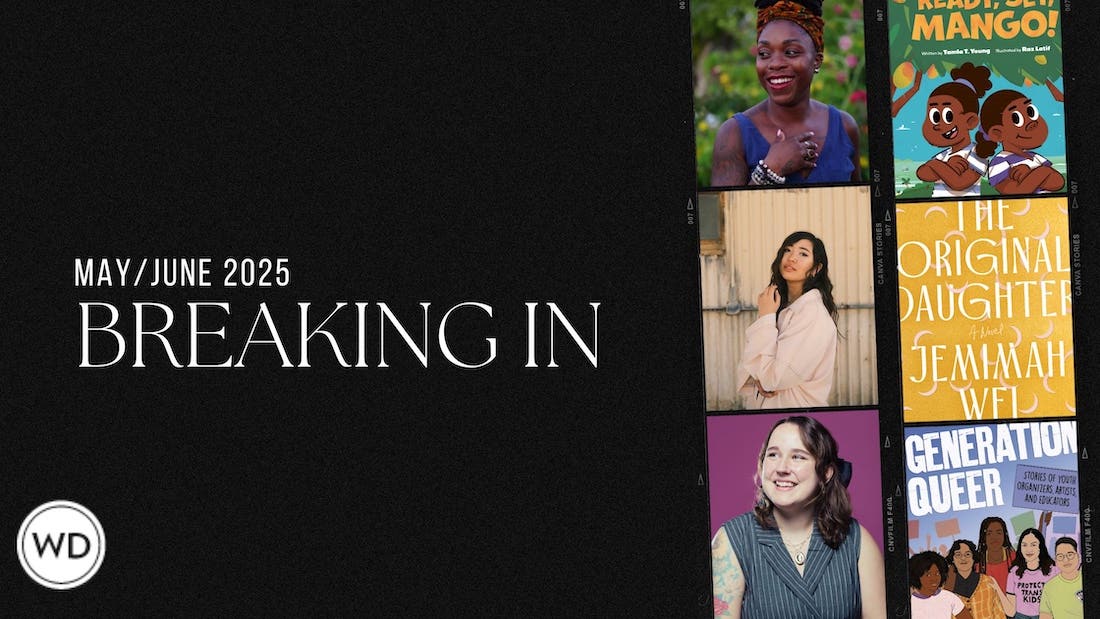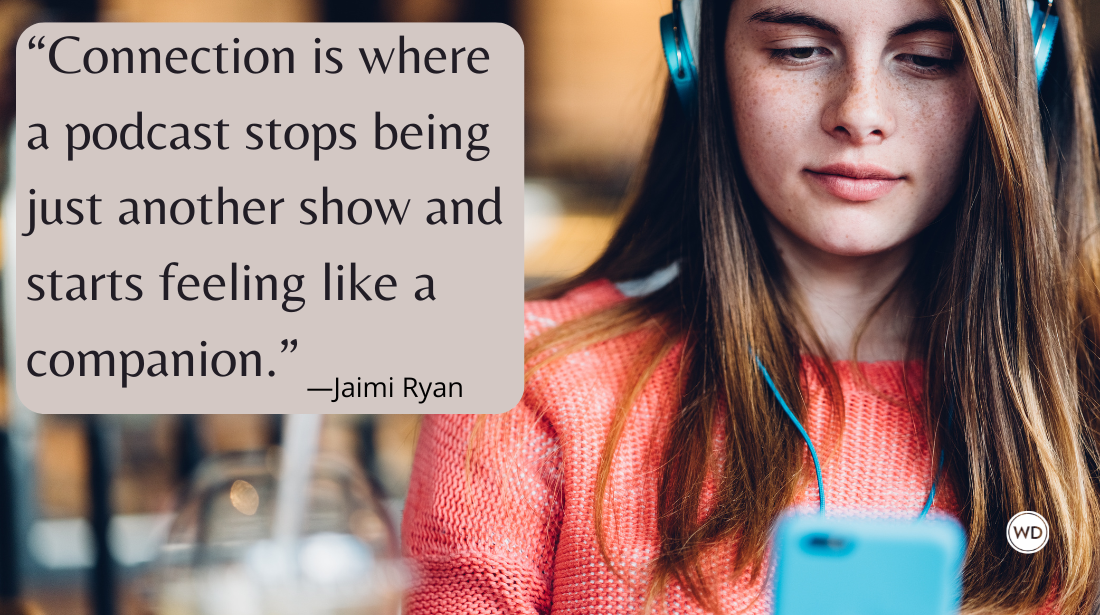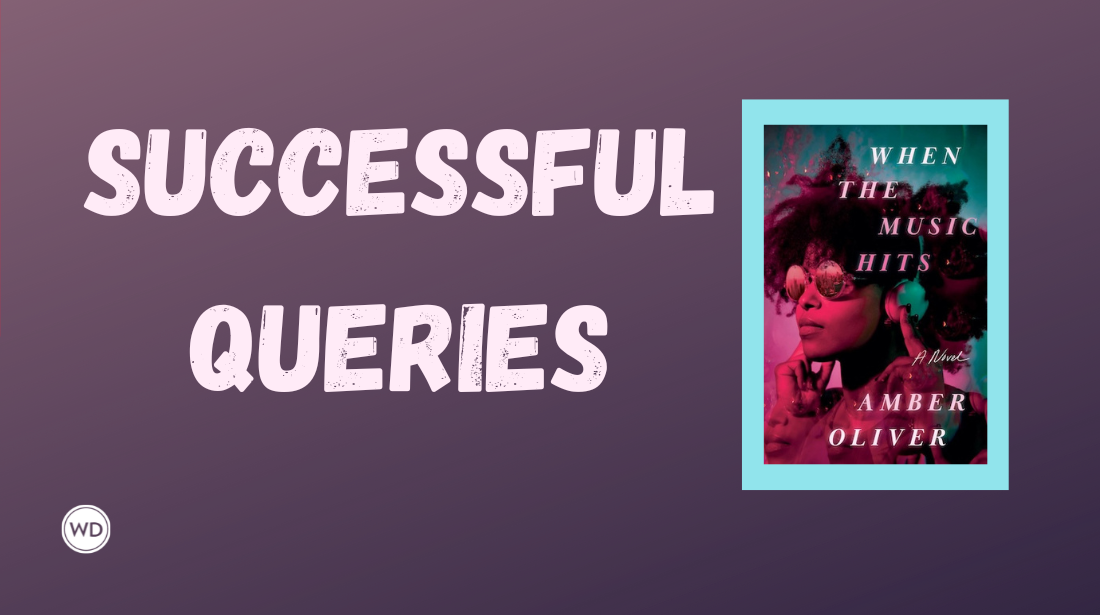Media-Savvy Author: Turning Your Book Into an Online Course
Media coach for writers Paula Rizzo share 5 steps for turning your book into an online course.
Turning your book into an online course is one of the most powerful ways to connect with your readers. It’s something I’ve been doing for years and I recommend it to my media-training clients as well. It gives your audience an opportunity to connect with the value that you bring to them with your expertise. And it keeps your readers invested in you and your work.
Whether you’re a nonfiction author looking to share actionable insights on your area of knowledge or a fiction author hoping to explore elements of your writing process, an online course offers a chance to create a new form of value from the hard work you’ve already done.
I have firsthand experience with the process of turning a book into an online course. I’ve done it many times with my expertise as a media trainer and a productivity expert. I hold courses and offer training materials based on my work.
I created Media-Ready Author to help authors and experts speak in soundbites, set up their virtual studios and sell more books. When my first book Listful Thinking came out I created the Listful Thinking Masterclass as a complement to give my readers even more ways to be productive and get things done. I’ve even done a whole series on LinkedIn Learning on topics ranging from list-making strategies to succeeding at hybrid work (check out my behind the scenes here!).
Based on these experiences, I have some tips and ideas for authors who want to develop their book into an online course:
1. Outline your course structure.
For both fiction and nonfiction authors, creating a structured outline for your course is critical. This will be the roadmap for your content and ensure that learners are guided through a logical progression of information. A typical online course has modules or lessons focused on different aspects of the main topic. The content should flow naturally, and the information should build towards specific learning goals.
For nonfiction authors: If your book is instructional or informational, break down your content into digestible lessons. Each chapter or section might inspire its own course, or it could be a module in a longer course.
For fiction authors: If you’re a fiction author, you have a wealth of knowledge about your craft—writing! Lots of people are interested in learning to become writers or want to improve their writing. And a published author, you have credibility. You might choose to focus on key lessons from your writing experience.
For example, you might create a course on “Writing Compelling Characters” or “Building Immersive Worlds.” You can use examples from your book to explain each point. You might also consider holding small-group workshops focused on developing the participants’ skills in a specific area, such as plot or setting.
2. Choose your platform.
Once your course outline is ready, it’s time to decide where and how you’ll host your course. There are several online platforms that can help you build and sell your course.
First you need to record or present your content. Your course doesn’t have to be video based. You can record it via audio or have all the content be written out and designed into PDFs and worksheets. However, if you want to build a video course as I have, you can do that with several video tools:
Zoom: If you want to hold live, synchronous classes or training sessions, Zoom can be a great fit. You’ll need to purchase a business account so you can hold meetings over the 40-minute limit for free accounts. The video quality isn’t the best if you want to record videos in Zoom but it’s better than nothing if you’re already using it. You can always record your lessons live and then edit them down into shorter videos later.
Mmhmm: Funny name, powerful tool. I love this one and used it to create my Media-Ready Author course. I recorded all the videos on this platform. Because I planned ahead, I already had each video thought out and had slides to go with each of them, so it made recording the videos in Mmhmm a snap.
Streamyard: I love this platform because it allows you to have a production studio right in your own home. I’ve been using it for years to record my live-stream show Inside Scoop where I interview experts and sometimes do solo episodes about media or productivity. You can stream live using this tool or you can record video as well and then download it for later use. You’re able to record horizontally or vertically.
Once you record your videos or your lessons then you need to store them somewhere. You could upload them to your own website but you’ll need to host the video somewhere first.
YouTube: You can put videos that are unlisted on YouTube so only people with the link can watch them. And then you can either share them directly or upload them to a platform or website like your own or Thrivecart, Kajabi, or any of the others that are now available.
Thrivecart: I’m a big fan of Thrivecart and host all my courses there. I didn’t always do this and used to have all my courses on my own website. But this allows you to sync up with your email list when someone purchases, and then you can have affiliates if you’d like to and offer coupons as well. I’ve found it very helpful and easy to use.
3. Create the content.
Turning your book into an online course involves turning your work into a digital format that’s easy to follow for your readers. Here’s how you can do it:
Video: Video content is the most engaging way to teach, and it’s how I do most of my courses. Whether you’re presenting key takeaways from your book or discussing personal experiences and insights, videos help bring your ideas to life. I recommend using many of the same strategies you can use to go live on social media. You’ll want to write a script for yourself so you stay on topic. For more information on using a teleprompter, check out this guide I created.
Written material: You can reuse parts of your book as PDFs or downloadable worksheets. This is especially useful for nonfiction books, where checklists, templates, and worksheets are common. Fiction authors might create story prompts or writing exercises that you can share with course participants.
Community interaction: One of the biggest benefits of online courses is the ability to build a community of learners. You can incorporate discussion boards, group coaching, or even live Q&A sessions. This is such a great way to get to know your readers more personally. As an author myself, this is one of my favorite parts of creating courses.
4. Don’t shy away from self-promotion.
Marketing your online course is one of the most important steps. After all, no one can take advantage of the course if they don’t know about it! It can be hard to do self-promotion—but remember, it’s an act of service. You need to come up with a strategic plan for spreading the word. That should include elements of these methods:
Email List: If you have an email list of readers, let them know about your course. You can even offer early-bird discounts or bonus materials to incentivize people to sign-up.
Speaking Events: If people are interested in your book, they are likely interested in your online courses too. Be sure to get permission from the hosts of the event to be sure you can mention your products first but it’s a great way to get the word out.
Social Media: Share behind-the-scenes content about the course creation process and host Q&A sessions to help readers get a sense of what you'll be offering.
Partnerships: Reach out to your contacts! Check in with other authors you know who can help promote your course to their readers. You can offer a discount code for those authors to share with their readers.
Freebies: Offering freebies is one of the best ways to show potential customers and readers the value you’re offering. This might be a video, template, or checklist that relates to your course.
5. Be responsive.
Once your course is live, keep track of student feedback and engagement. This is part of embracing a culture of feedback in your professional life. I suggest asking for feedback via email at the end of each course. Based on this feedback, you can continue to refine and improve the course, or use the ideas when you build your next one. I’ve gotten a lot of valuable information this way about what my readers and clients are most interested in.
Turning your book into an online course is an exciting way to engage with your readers, build a new revenue stream, and share your knowledge and expertise. But I want to warn you that this isn’t going to be a huge boon of passive income unless you put in the work to make it that way. You need to promote the course and get it in front of the right audiences.
Whether you’re a nonfiction author teaching practical skills or a fiction author sharing insights on your craft, an online course is a fantastic way to boost your book sales and connect with readers.
Paula Rizzo is an Emmy Award-winning television producer, bestselling author of Listful Thinking & Listful Living, media-training coach, speaker, LinkedIn Learning Instructor, host of the live-stream show “Inside Scoop,” and creator of the popular online training Media-Ready Author. Grab Paula’s free guide, 10 Media Questions Every Author Needs to Answer, to create buzz for your book.








